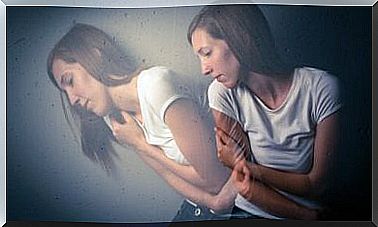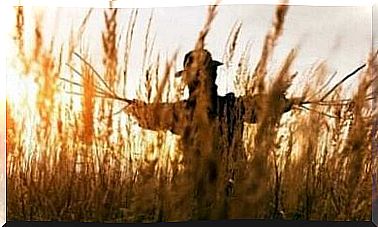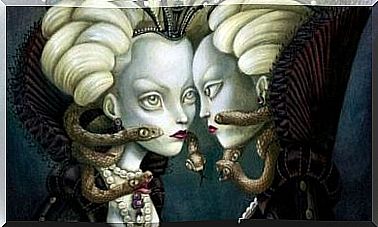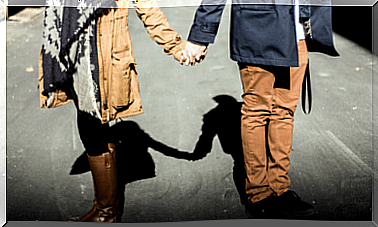Ornithophobia Or Fear Of Birds
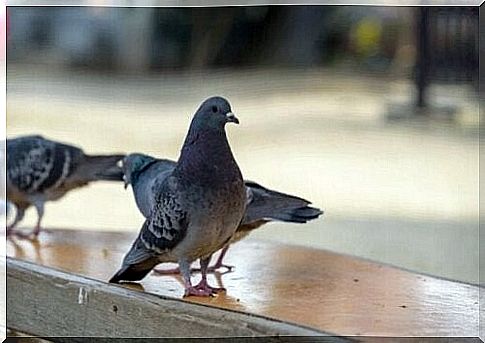
Phobias are the most common form of anxiety disorder in the population. One such phobia is ornithophobia or fear of birds. Specific phobias, especially animal phobias, often occur in childhood. In addition, they almost never disappear without treatment.
Ornithophobia
Ornithophobia is a specific phobia. These are anxiety disorders that are characterized by an irrational, intense and disproportionate fear of a certain stimulus. In this case birds.
Those who suffer from specific phobias also exhibit avoidant behaviors, psychological symptoms (fear of even thinking about birds) and physiological symptoms. These can be tachycardia, sweating or pressure in the chest when you think of the stimulus or face it.
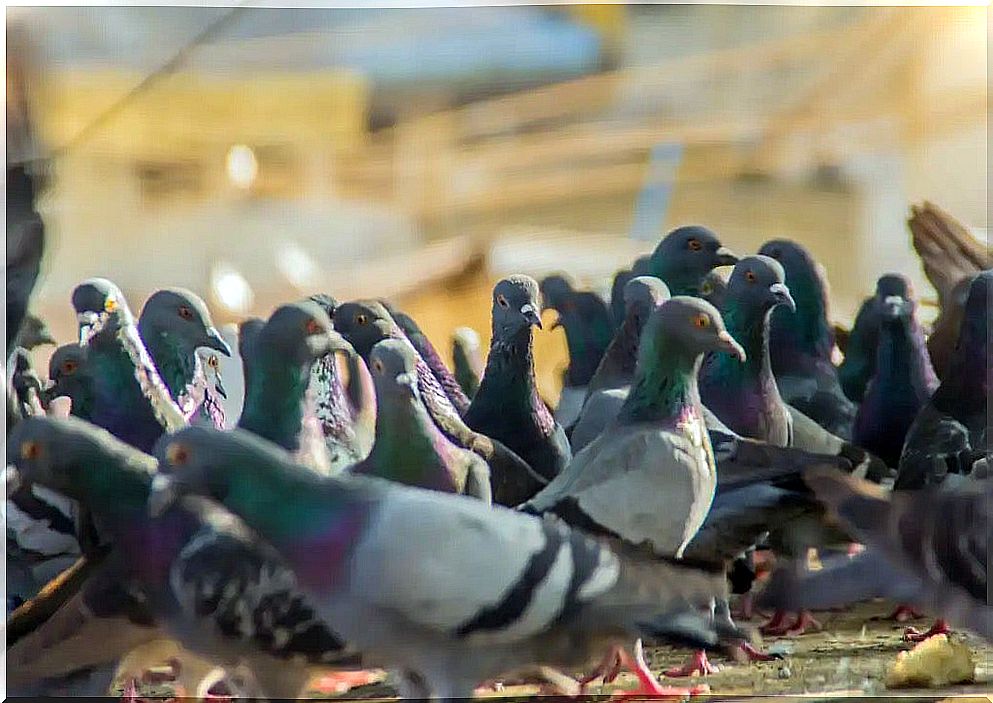
Irrational fear and avoidant behaviors
Phobias go beyond fear. In fact, they cause panic or extreme anxiety. In general , phobias involve stimuli that are not necessarily dangerous. But even though they may be threatening, the phobia symptoms are still disproportionate.
In specific phobias, as in the case of ornithophobia, sufferers will avoid the phobic stimulus at all costs.
The causes of ornithophobia
Specific phobias occur due to several reasons. The most common, however, is a traumatic experience with the phobic stimulus. In ornithophobia, it is likely that the victim has had a bad experience with a bird. To some extent, the stimulus also produces disgust. This increases the emotional activation associated with phobia.
Other common origins of ornithophobia are seeing or hearing stories of people being attacked by birds. On the other hand, the sufferer may have a biological predisposition to anxiety disorders, which may explain ornithophobia.
Treatment of ornithophobia
According to Marino Pérez’s guide to effective psychological treatments, there are two effective and validated treatments for specific phobias. These are exposure therapy and cognitive therapy.
Exposure therapy
In ornithophobia, exposure therapy involves gradually exposing the victim to birds. This is done first by imagining them. Then you move on to real experiences, approach the birds, etc.
Normally, patients establish a hierarchy of threatening objects, ranging from the smallest to the most threatening. Then they gradually go through the list. The goal is for the sufferer to eventually be able to cope with the phobic stimulus without experiencing the physiological symptoms of phobia (sweating, chest pressure, nausea, dizziness, etc.).
Cognitive therapy
Cognitive therapy works primarily through cognitive restructuring. The goal is to modify the sufferers’ dysfunctional thoughts about birds and change them to more realistic and adaptable feelings.
Some of the thoughts a person with ornithophobia may have are “birds are dangerous”, “they can hurt me”, “they scare me” and “I can not control myself if I see one”.

Other approaches
These two approaches that we mentioned above are the most recognized in cognitive behavioral therapy. However, there are other methods from other spheres that can be used. For example, short strategic psychotherapy, which works out of curiosity.
With this method , the patient is encouraged to develop curiosity rather than fear of the stimulus. It focuses on practical and creative solutions and also evaluates the strategies that the patient has already tried.
The role of distaste in phobias
It is important to distinguish between real panic and simple distaste. This is because simple distaste, where there is no fear, does not correspond to a phobia.
But some animal phobias are accompanied by a feeling of disgust at the dreaded stimulus. For example, cockroaches. In fact, distaste forms the basis of many phobias. It is the physical feeling of discomfort you experience when you see or smell something you do not like.

